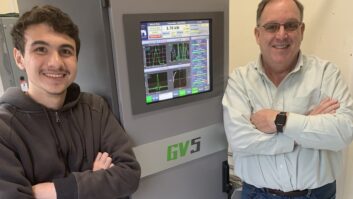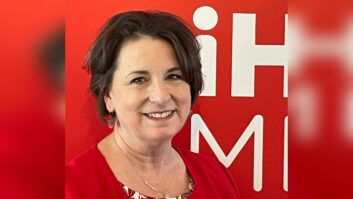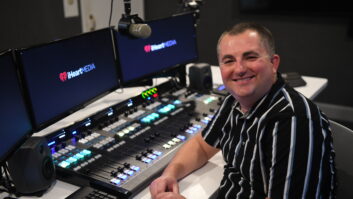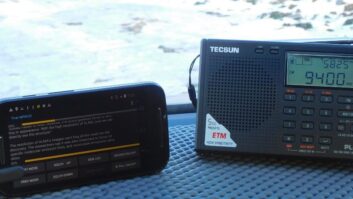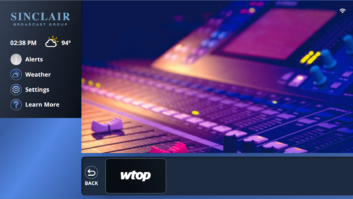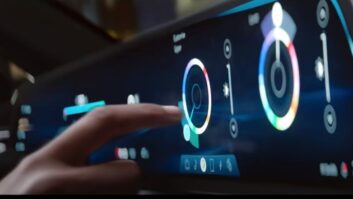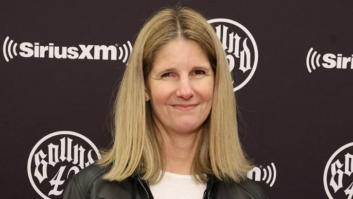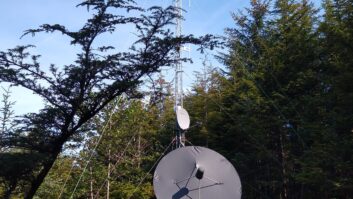
ROCKLIN, CALIF. — We have reached the end of life with our traditional analog and AES broadcast technology, and with the progress and convergence of broadcast into the digital realm of IP and mobile delivery platforms, we decided to partner with Telos Alliance for our studio broadcast technology needs.
As the manager of studio operations at K-Love and Air1, my responsibility was to rebuild our network’s head-end systems and implement a design that is scalable, turnkey, customizable and reliable. This comes with many challenges, but between the different products available through the Telos Alliance, we were able to come up with many solutions to achieve our goals.
SOFTWARE CONTROL
One solution required the use of Axia SoftSurface from the Telos Alliance. This virtual console software for Windows gives you real-time control of your Axia Fusion or Element mixing console from anywhere an Internet connection is available. SoftSurface lets you take direct remote control of your console, or you can match it directly to an Axia StudioEngine mixing engine or PowerStation connected to a Livewire network to create a “virtual console” without a physical mixing surface. It’s a great companion for existing consoles and also a solution for audio mixing in limited-space locations. You can also load it to your tablet for remote broadcasts. Furthermore, SoftSurface was designed to be complementary in a simple, small standalone studio or, as in our case, the answer to a complex, scalable, multi-studio digital environment.
We were growing rapidly in the area of digital media delivery and running out of square footage. We dreamed up a system that would achieve a “Studio-in-a-Rack” that could grow with us.
We contacted Cam Eicher at Telos Alliance. With Cam and our tech John Ott, we were able to create a solution using existing Telos Alliance products, and SoftSurface was the missing-link.

Jonathan Obien John learned SoftSurface in three days, and in a week he found the feature-rich capability, intuitive interface and ease of configuration to be refreshing. Within the app he created individual profiles for the programs airing. These profiles store configuration templates for a particular show. The Show Profiles tab displays these profiles and allows the user to select a show and load it. Up to 99 show profiles can be stored.
SoftSurface can also be used to substitute for a hardware controller or to enhance the existing hardware controllers of a single studio or to remote into multiple studios on the AoIP network. We have used it as a central controller for multiple program feeds for our digital streaming platforms (e.g. our website, iTunes, iHeart, etc.). While this is nothing new in the world of DAW production, it’s groundbreaking for us to modularly build broadcast studios with native turnkey products that allow us to go “virtual” with minimal hardware.
That’s what I liked about the marriage of all the products that the Telos Alliance offers. At first it was a little intimidating to try to sort through all their products. It felt like all the functions of a traditional turnkey console was exploded into modular parts. And it felt like that because that is exactly what the Telos Alliance did.
Once I grasped the potential of this modular approach, I realized the power of their approach. Think Legos for broadcast. If we can dream it, there is a native combination of the Telos Alliance products that creates solutions. We combined SoftSurface with studio engines and some nodes to make powerful virtual studios in a single rack.
For information, contact Cam Eicher at the Telos Alliance in Ohio at (216) 241-7225 or visit www.telosalliance.com.





